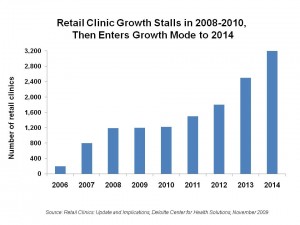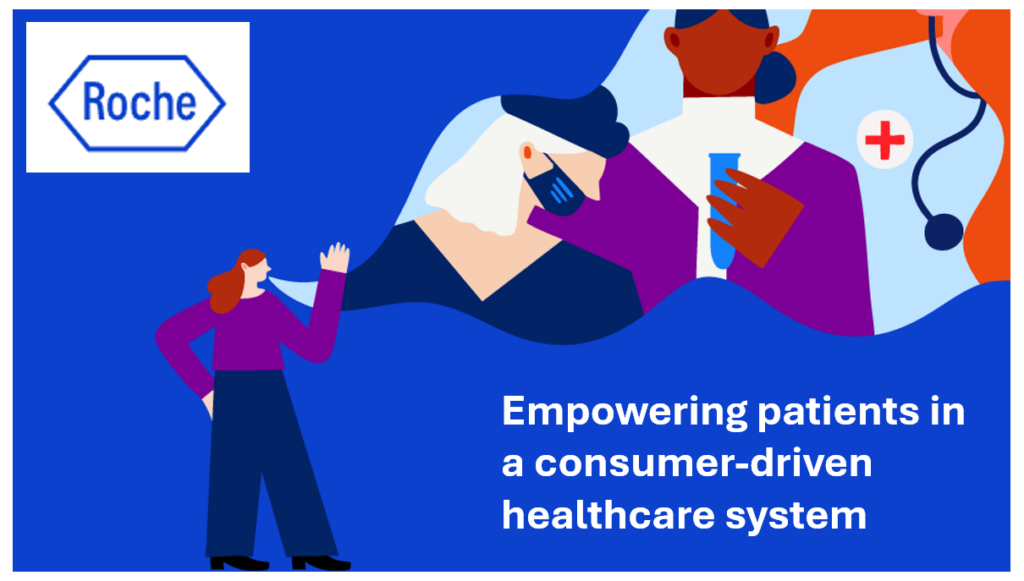Retail health clinics have served American health consumers for about a decade. What have we learned over these ten years? As retail clinics proliferate the U.S. health care ecosystem, what is their impact on the health system, health consumers, and the health economy? The RAND report, Policy Implications of the Use of Retail Clinics, responds to these issues.
The key implications of RAND’s study are that:
– Health programs should be designed and paid-for to incorporate the adoption of retail clinics and reduce fragmentation and dis-continuity of care.
– Learn from the best practices and patient outcomes gained from retail clinic experience and apply to other health settings. Here, access, convenience, value-pricing, and electronic records (where utilized) come to mind.
-Apply the same standards to retail clinics as used for other providers. These include credentialing, accreditation, interoperability of electronic health records, and public health surveillance reporting.
RAND concludes that retail clinics are here to stay in the U.S. health delivery landscape. They recommend we monitor how clinics evolve in light of health insurance expansion under the Affordable Care Act (ACA).
Health Populi’s Hot Points: The chart presents Deloitte’s forecasts that the supply of retail clinics will grow at least to 2014. These consumer-facing health centers will play an important role as front-line, primary care providers for people who will be newly-insured under the ACA, as well as for those consumers looking for convenient, accessible care who don’t want to wait for a doctor’s appointment, visit a hospital-based clinic, or don’t have a regular source of primary care. Retail clinics already play a useful role in reducing costs of expensive emergency room visits when people need urgent, but not acute or emergent, care.
What of retail clinics’ ability to be patient-centered medical homes? If the clinic has an interoperable electronic health record, and can be staffed as a medical home model ensuring continuity of care with a local health system, then retail clinics can argue to fill this important emerging role under ACA. This will be a contentious, controversial position. But convenience and access are part of ACA, which means to conserve health costs. If the retail clinic can, appropriately, keep health citizens from seeking unneeded, more expensive and complex care in the crowded emergency department and achieve favorable outcomes — while earning patient satisfaction — then retail clinics will be part of the longer term solution for providing cost-effective, quality health care in the U.S.





 I was invited to be a Judge for the upcoming
I was invited to be a Judge for the upcoming  Thank you Team Roche for inviting me to brainstorm patients as health citizens, consumers, payers, and voters
Thank you Team Roche for inviting me to brainstorm patients as health citizens, consumers, payers, and voters  For the past 15 years,
For the past 15 years,